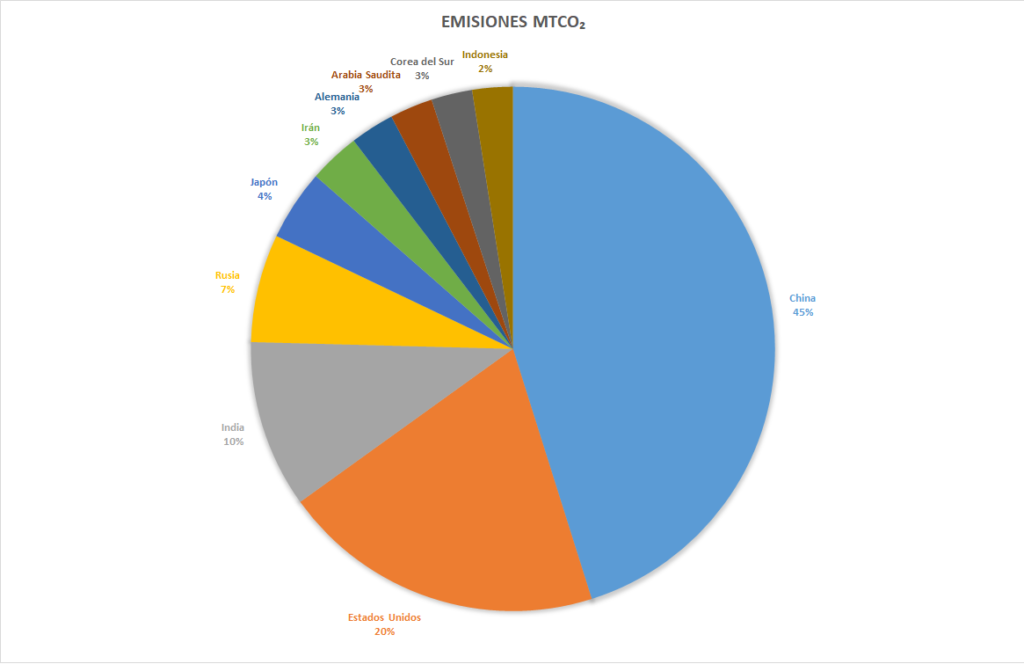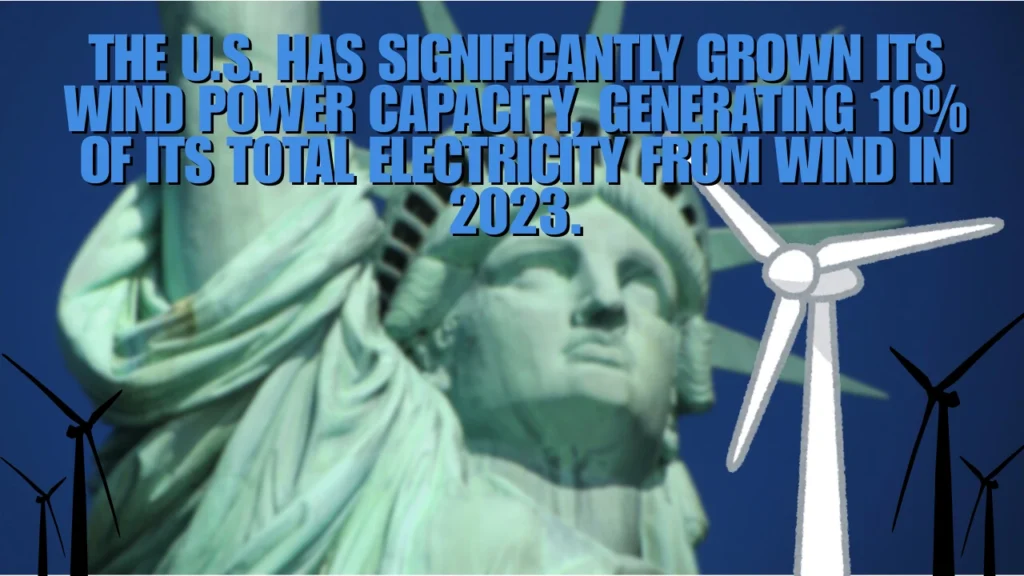How Climate Change and Carbon Footprint Are Connected

Climate change and carbon footprint are closely intertwined. The rise in global temperatures is a direct result of increasing greenhouse gas emissions, much of which comes from the carbon dioxide (CO2) produced by human activities. Every time we drive a car, use electricity, or even buy food, we are contributing to our personal carbon footprint. But what exactly is the connection between our daily activities and the long-term impact on the planet?
What Is a Carbon Footprint?
A carbon footprint is the total amount of greenhouse gases, primarily carbon dioxide (CO2), that is generated by our actions. This footprint includes emissions from transportation, electricity use, food production, and many other everyday activities. By calculating our carbon footprint, we can understand how much we contribute to climate change and where we can make improvements to reduce it.
Use our carbon footprint calculator here to measure your personal impact.
How Carbon Footprint Contributes to Climate Change
Carbon emissions from human activities, such as burning fossil fuels for energy and transportation, increase the concentration of greenhouse gases in the atmosphere. This causes more heat to be trapped, leading to global warming. As temperatures rise, we see a direct impact on weather patterns, sea levels, and ecosystems.
The relationship is clear: the more we emit, the faster the planet warms. If we don’t take immediate action to reduce our carbon footprint, the consequences of climate change will only become more severe.
Main Sources of Carbon Emissions
- Transportation: Cars, planes, and ships are major contributors to global carbon emissions. Switching to electric vehicles or using public transport can greatly reduce your footprint.
- Energy: Electricity from coal and natural gas releases large amounts of CO2. Switching to renewable energy sources, such as solar or wind, helps lower your footprint.
- Agriculture and Food: The production of food, especially meat and dairy, has a large carbon footprint due to methane emissions from livestock and deforestation for agriculture.
- Industry: Factories that produce goods, such as clothing, electronics, and building materials, emit large amounts of CO2.
How to Reduce Your Carbon Footprint and Fight Climate Change
There are several ways you can lower your carbon footprint and help combat climate change:
- Switch to renewable energy: Consider installing solar panels or choosing green energy providers. By adopting different types of renewable energy, such as solar, wind, and hydropower, you can drastically reduce your carbon emissions. Learn more about the 7 types of renewable energy here.
- Reduce, Reuse, Recycle: Minimize waste by using products longer, recycling, and reducing consumption.
- Eat a plant-based diet: Reducing your intake of meat and dairy can significantly lower your food-related emissions.
- Use energy-efficient appliances: Investing in energy-saving appliances and insulating your home can reduce your electricity use.
- Fly less: Air travel has one of the highest carbon footprints per passenger. Opt for trains or buses when possible.
By making small changes to your lifestyle, you can help mitigate the effects of climate change.
Why Reducing Your Carbon Footprint Matters
Every individual has the power to make a difference. Reducing your carbon footprint not only helps fight climate change but also sets an example for others. If global temperatures rise by more than 1.5°C, as outlined in the Paris Agreement, we risk more severe consequences like extreme weather events, loss of biodiversity, and food and water shortages.
Governments, businesses, and individuals all have a role to play. By making conscious choices about the energy we use, the food we eat, and the way we travel, we can slow down the process of climate change.
Calculate Your Carbon Footprint Today
Understanding your personal carbon footprint is the first step toward making meaningful changes. Use our [carbon footprint calculator] to measure your impact and receive tailored recommendations on how to reduce your emissions.
Take action now to contribute to a more sustainable future. Every small step counts.



